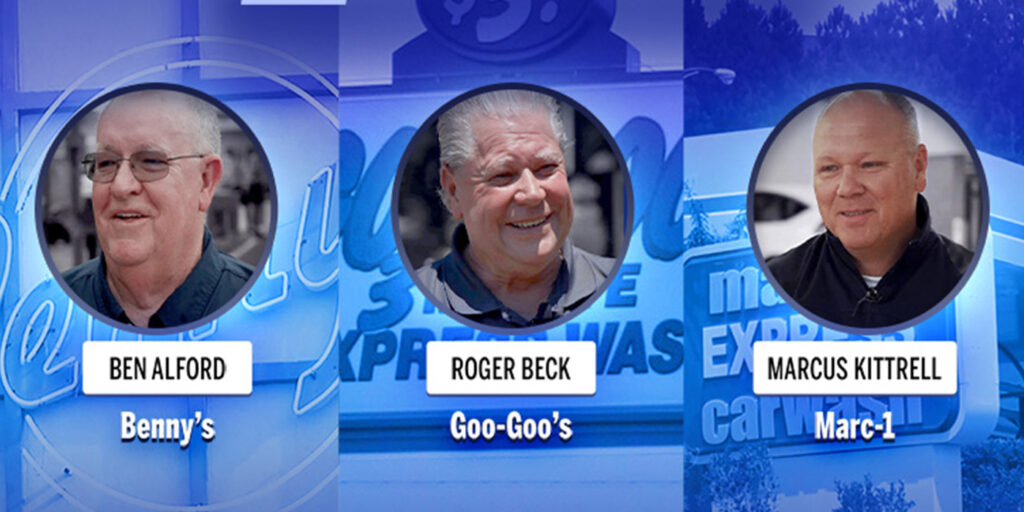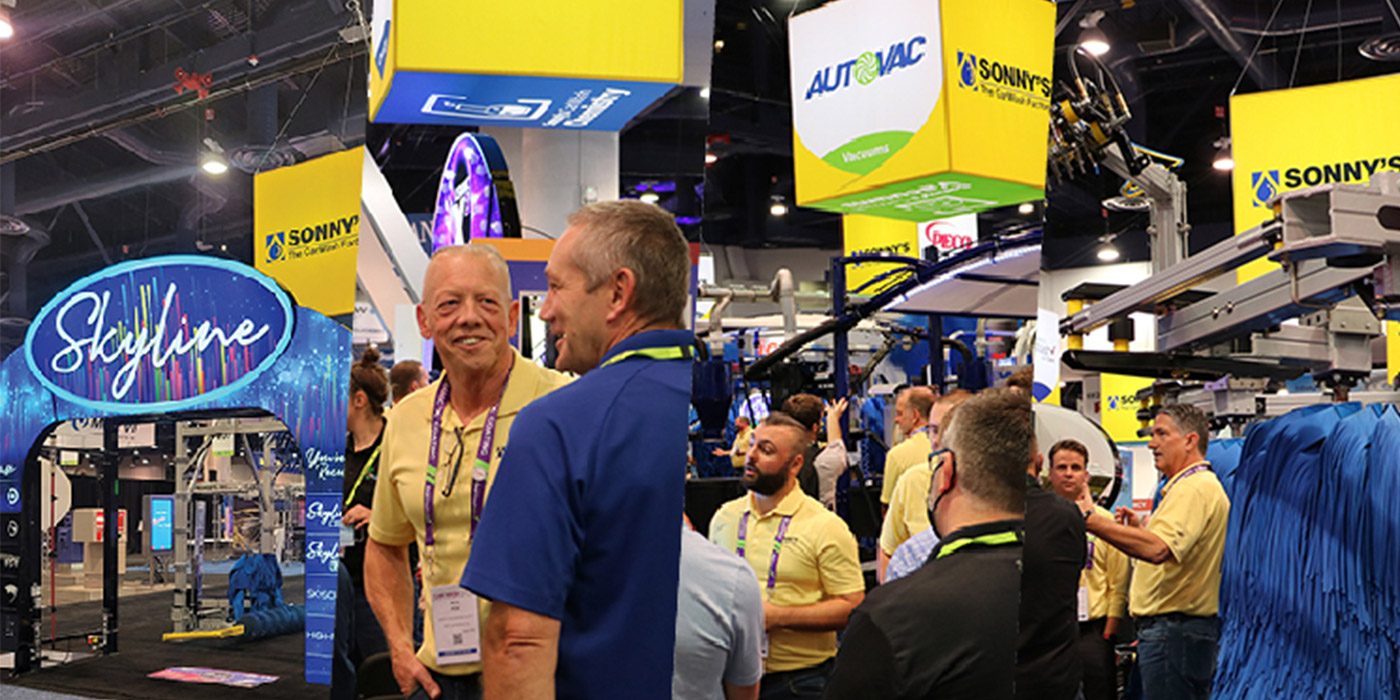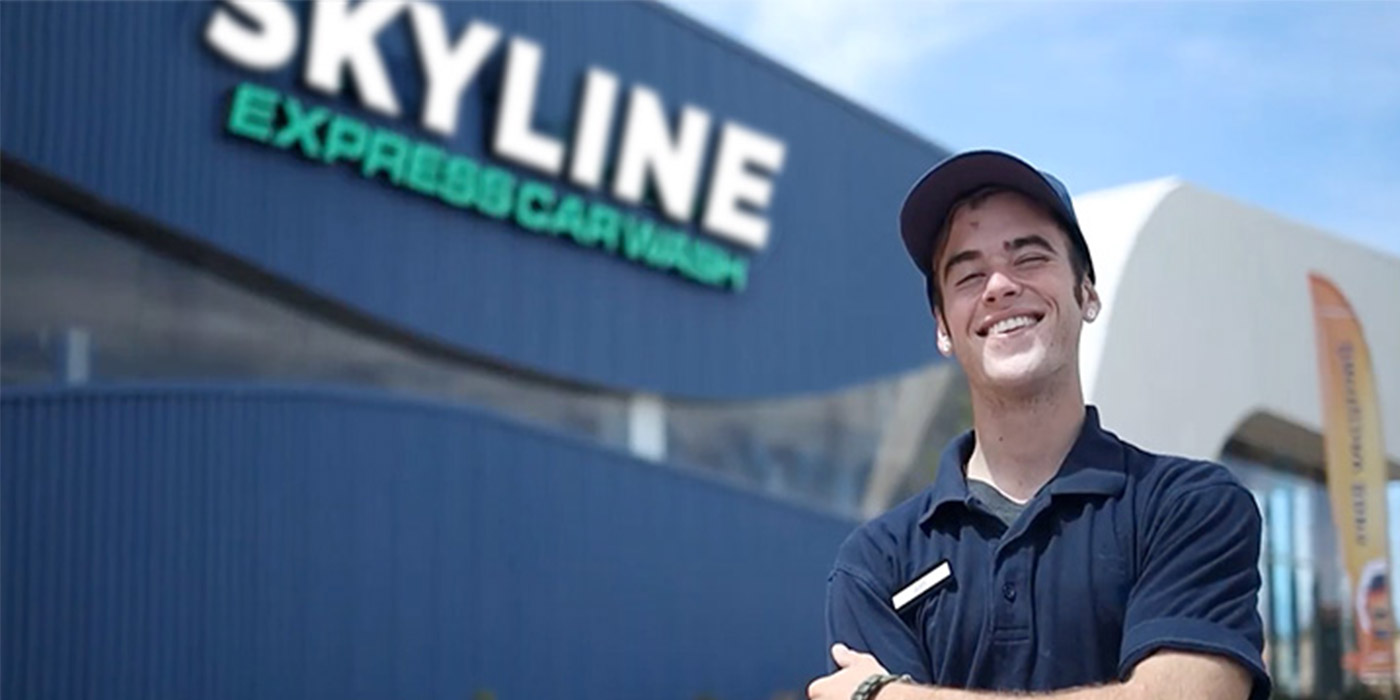At CarWash College™ we teach preventive maintenance. This month we are going to talk about maintaining the RO. RO water normally has a Parts-per-Million (PPM) of 10 or less. Untreated water can range from 50 to 500 PPM or higher, depending on the source. Using RO water as a final rinse for vehicles effectively displaces all residual chemical and mineral laden water from the surfaces of the vehicle, allowing it to dry spot free.
Let’s look at some of the components of the system. The carbon tank is to absorb chlorine in the water supply. The RO membrane cannot tolerate even small amounts of chlorine. Organic matter is also removed by the carbon tank as it can cause fouling of the RO membrane. Some carbon tanks have an automatic back-flushing head that keeps the carbon media clean to increase the effectiveness of the carbon tank. If the system doesn’t contain this head, the tank should be back-flushed manually every three months. If the membrane is damaged from chlorine, it will exhibit the following symptoms: Poor quality of product water and a significantly higher production rate of RO water.
The pre-filter is next in line to capture particulate matter, 5 microns or larger. If this filter is allowed to clog, it will cause the RO pump to starve and damage the pump. The RO membranes are housed in long cylinders. These membranes can remove approximately 97% of the particulate matter, are temperature sensitive and work best in 77° water. An RO membrane life is typically 2-5 years. The RO pump boosts the tap water pressure to force the water through the RO membrane. It should produce roughly 1 gallon of spot-free water for each gallon of waste water. Water produced by the RO system needs to be stored for use. It cannot produce water on demand. The waste water may also be stored to be reused by other systems requiring fresh water.
Preventive Maintenance Requirements
DAILY
Check for leaks around hoses and fittings. Repair any serious leaks immediately. Perform general examination of operation, listening for any unusual noises. Check pressure gauges. They should come up to pressure and remain steady.
WEEKLY
Check the pre-filter and replace if contaminated. If not replaced frequently, a contaminated pre-filter can ruin the membranes Membranes are much more expensive than pre-filters so weekly inspections of them is critical.
Conduct a close inspection of operating mechanisms and hoses for problems.
MONTHLY
Check all hardware and fittings for tightness and clean thoroughly.
Inlet pressure safety switch should be checked by shutting off water supply.
Chlorine level should be checked. Check the PPM using a Total Dissolved Solids (TDS) meter.
ANNUALLY
Replace carbon in tank.
HELPFUL TIPS
When the system experiences a 10 to 15 % decrease in normalized RO production rate or a drop in RO quality, the system might need an acid flush. Consult the manufacturer for their procedure on how to perform the acid flush.
If at any time the system shows high TDS, either before or after an acid flush, wipe the TDS probe and it might go down. If not, the membranes should be replaced.
Maintaining the system will give your customers spot free vehicles. Additionally, if the system is maintained properly, the membrane life can be extended. The average membrane cost $ 575.00 and the average system uses four. If you get two years of use instead of one, that is a savings of $2,300.
Robert Andre is the President of CarWash College™. Robert can be reached at [email protected]. For more information about CarWash College™ certification programs, visit CarWash College or call the registrar’s office at 1-866-492-7422.
This content is sponsored by CarWash College. Sponsored content is authorized by the client and does not necessarily reflect the views of the Professional Carwashing & Detailing editorial team.














